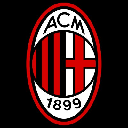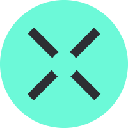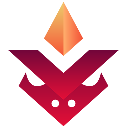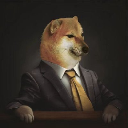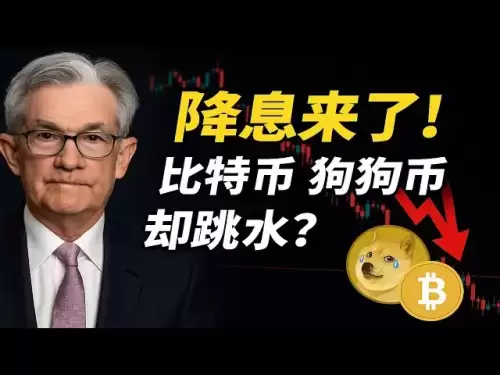-
 Bitcoin
Bitcoin $104,616.1446
-2.76% -
 Ethereum
Ethereum $2,510.9913
-8.83% -
 Tether USDt
Tether USDt $1.0005
0.05% -
 XRP
XRP $2.1317
-5.07% -
 BNB
BNB $656.4656
-1.70% -
 Solana
Solana $144.6534
-9.21% -
 USDC
USDC $0.9996
-0.02% -
 Dogecoin
Dogecoin $0.1739
-8.42% -
 TRON
TRON $0.2735
-0.45% -
 Cardano
Cardano $0.6320
-7.74% -
 Hyperliquid
Hyperliquid $39.5688
-4.43% -
 Sui
Sui $3.0100
-9.20% -
 Chainlink
Chainlink $13.1770
-8.59% -
 UNUS SED LEO
UNUS SED LEO $9.0336
1.77% -
 Bitcoin Cash
Bitcoin Cash $414.8548
-3.89% -
 Avalanche
Avalanche $19.1840
-8.67% -
 Stellar
Stellar $0.2585
-6.43% -
 Toncoin
Toncoin $2.9760
-7.99% -
 Shiba Inu
Shiba Inu $0.0...01171
-8.33% -
 Hedera
Hedera $0.1545
-8.47% -
 Litecoin
Litecoin $83.4893
-7.01% -
 Polkadot
Polkadot $3.7997
-6.20% -
 Ethena USDe
Ethena USDe $1.0003
-0.02% -
 Monero
Monero $317.3848
-3.44% -
 Dai
Dai $0.9998
0.01% -
 Bitget Token
Bitget Token $4.5353
-3.99% -
 Uniswap
Uniswap $7.3397
-7.77% -
 Pepe
Pepe $0.0...01073
-13.04% -
 Aave
Aave $281.1476
-4.67% -
 Pi
Pi $0.5509
-12.82%
How do I choose the right futures trading platform for me?
To select the right futures trading platform, consider your trading needs, platform features, security, fees, customer support, liquidity, additional features, and user reviews.
Nov 13, 2024 at 01:48 pm

How to Choose the Right Futures Trading Platform for You
Navigating the world of futures trading can be a daunting task, especially when selecting a reputable and suitable trading platform. To make an informed decision, consider the following factors:
1. Determine Your Trading Needs:
- Assess your trading style, risk tolerance, and investment goals.
- Choose a platform that aligns with your trading preferences, whether it's scalping, day trading, or long-term investing.
- Consider platforms that offer futures contracts tailored to your desired asset classes and leverage levels.
2. Evaluate Platform Features:
- Examine the trading interface and ensure it's user-friendly and intuitive.
- Explore the charting tools, market depth display, and order types available on the platform.
- Verify the spread between bid and ask prices, which influences trading costs.
3. Security and Regulation:
- Choose a platform that prioritizes the security of user funds and personal data.
- Look for platforms regulated by reputable financial authorities, such as the Commodity Futures Trading Commission (CFTC) or Financial Conduct Authority (FCA).
- Verify the platform's measures to protect against hacks and cyber threats.
4. Fees and Commissions:
- Compare trading fees, including transaction fees, maker/taker fees, and any ongoing subscription costs.
- Consider hidden fees, such as inactivity or withdrawal charges.
- Choose a platform that offers a fee structure that aligns with your trading frequency and volume.
5. Customer Support:
- Assess the platform's customer support capabilities.
- Consider the availability of live chat, email, or phone support.
- Check user reviews or testimonials to gauge the reliability and responsiveness of support staff.
6. Liquidity and Trading Volume:
- Choose a platform with a high trading volume to ensure liquidity and fast execution of orders.
- Liquidity can impact slippage, which refers to the difference between the intended execution price and the actual executed price.
- Platforms with deep order books provide better slippage protection.
7. Additional Considerations:
- Explore platforms that offer advanced features, such as stop-loss orders, trailing stop-loss orders, and automated trading bots.
- Consider the availability of market research and educational resources provided by the platform.
- Choose a platform that aligns with your preferred device and operating system.
Ranked List of Top 5 Futures Trading Platforms
- Binance
- Bybit
- KuCoin
- Huobi Global
- Bitget
Binance:
Binance, the largest cryptocurrency exchange by trading volume, boasts a comprehensive futures trading platform. It offers a wide range of futures contracts, competitive fees, and an intuitive interface. Users have access to sophisticated trading tools, in-depth charting capabilities, and a robust ecosystem of resources.
Bybit:
Bybit is renowned for its user-centric design and advanced trading features. The platform offers perpetual futures contracts with flexible leverage and customizable order types. Bybit prioritizes security through cold storage wallets, multi-factor authentication, and a robust risk management system.
KuCoin:
KuCoin provides a diverse selection of futures contracts, including leveraged tokens, perpetual futures, and cross-margin futures. The platform features a user-friendly interface, advanced order types, and comprehensive trading tools. KuCoin is known for its low trading fees and supports multiple fiat currencies.
Huobi Global:
Huobi Global, one of the world's leading cryptocurrency exchanges, has a robust futures trading platform. It offers perpetual futures, quarterly futures, and USDT-margined futures contracts. The platform provides sophisticated trading tools, market insights, and a high degree of liquidity.
Bitget:
Bitget is a cryptocurrency exchange that specializes in futures trading. It offers perpetual futures contracts with up to 125x leverage, advanced order types, and a user-focused platform. Bitget prioritizes transparency and provides comprehensive market data and trading updates.
Disclaimer:info@kdj.com
The information provided is not trading advice. kdj.com does not assume any responsibility for any investments made based on the information provided in this article. Cryptocurrencies are highly volatile and it is highly recommended that you invest with caution after thorough research!
If you believe that the content used on this website infringes your copyright, please contact us immediately (info@kdj.com) and we will delete it promptly.
- Bitcoin Solaris (BTC-S) Emerges as the Technological Revolution Revolutionizing the Crypto Landscape
- 2025-06-13 18:10:12
- Bank of America's stablecoin ambitions are an important shift in how major banks are approaching digital assets.
- 2025-06-13 18:10:12
- One-Third of All Circulating Bitcoin Is Now Held by Institutional Investors
- 2025-06-13 18:05:13
- Why BlockDAG Leaves ADA and PEPE Behind
- 2025-06-13 18:05:13
- Tether Investments Buys Stake in Gold Royalty Firm to Deepen Exposure to Durable Assets
- 2025-06-13 18:00:19
- Tether (USDT) Invests in Gold-Backed Royalties Company Elemental Altus, Acquiring a 31.9% Stake
- 2025-06-13 18:00:19
Related knowledge

Cryptocurrency K-line chart technical analysis manual: Learn these methods to increase your chances of making a profit
Jun 11,2025 at 11:21pm
Understanding the Basics of K-line ChartsK-line charts, also known as candlestick charts, are one of the most widely used tools in cryptocurrency trading. Each K-line represents a specific time period and provides information about the open, high, low, and close prices during that interval. The body of the candle shows the relationship between the openi...

The Importance of K-line Chart Analysis in Cryptocurrency Trading: From Theory to Practical Cases
Jun 11,2025 at 04:56pm
Understanding the Basics of K-line ChartsK-line charts, also known as candlestick charts, are a visual representation of price movements over specific time intervals. Each K-line encapsulates four critical data points: the opening price, closing price, highest price, and lowest price within a given timeframe. These charts originated in Japan during the ...

Cryptocurrency K-line Chart Interpretation Guide: How Novices Can Quickly Master the Basics of Technical Analysis
Jun 10,2025 at 08:56pm
Understanding the Basics of K-line ChartsK-line charts, also known as candlestick charts, are one of the most widely used tools in cryptocurrency trading for analyzing price movements. Each K-line represents a specific time period and shows the opening, closing, high, and low prices during that interval. For novices, grasping how to read these elements ...

Introduction to Cryptocurrency K-line Charts: How to Use Technical Analysis to Optimize Trading Decisions
Jun 12,2025 at 03:56pm
Understanding the Basics of K-line ChartsK-line charts, also known as candlestick charts, are one of the most essential tools used in cryptocurrency trading. Originating from Japan, these charts visually represent price movements over specific time intervals. Each candlestick displays four key pieces of information: the opening price, closing price, hig...
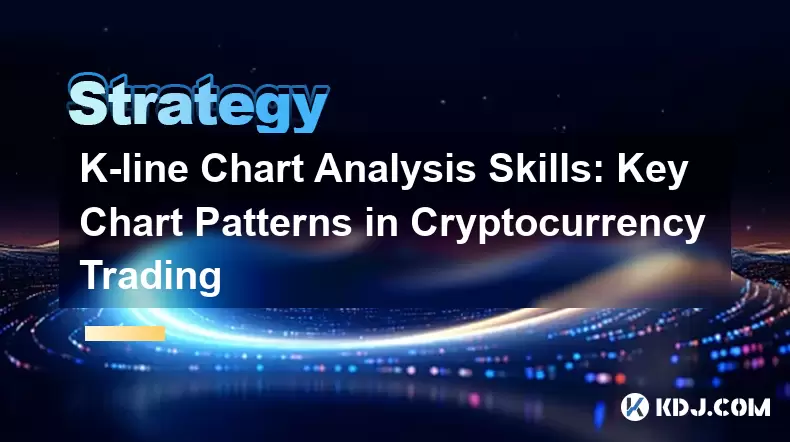
K-line Chart Analysis Skills: Key Chart Patterns in Cryptocurrency Trading
Jun 13,2025 at 10:21am
Understanding the Basics of K-line Charts in Cryptocurrency TradingK-line charts, also known as candlestick charts, are essential tools for analyzing price movements in cryptocurrency markets. Each candlestick represents a specific time frame and provides information about the open, high, low, and close (OHLC) prices during that period. In crypto tradin...
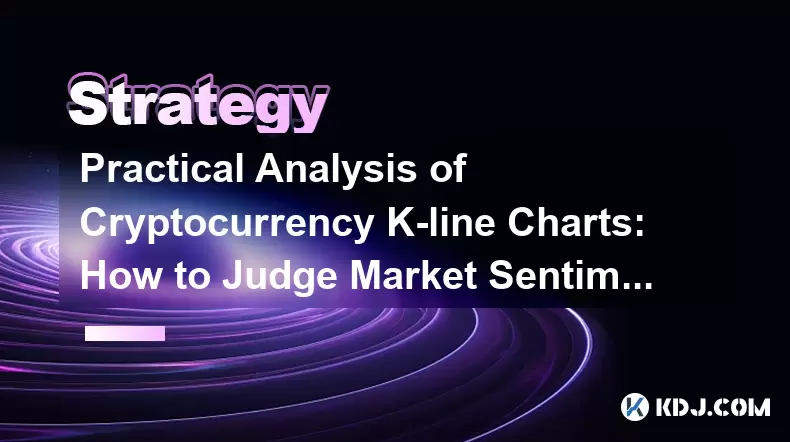
Practical Analysis of Cryptocurrency K-line Charts: How to Judge Market Sentiment through Charts
Jun 10,2025 at 09:42pm
Understanding the Basics of Cryptocurrency K-line ChartsCryptocurrency K-line charts, also known as candlestick charts, are essential tools for analyzing price movements in the crypto market. Each candlestick represents a specific time frame, such as 1 minute, 5 minutes, or even daily intervals. The structure of a K-line includes four key data points: o...

Cryptocurrency K-line chart technical analysis manual: Learn these methods to increase your chances of making a profit
Jun 11,2025 at 11:21pm
Understanding the Basics of K-line ChartsK-line charts, also known as candlestick charts, are one of the most widely used tools in cryptocurrency trading. Each K-line represents a specific time period and provides information about the open, high, low, and close prices during that interval. The body of the candle shows the relationship between the openi...

The Importance of K-line Chart Analysis in Cryptocurrency Trading: From Theory to Practical Cases
Jun 11,2025 at 04:56pm
Understanding the Basics of K-line ChartsK-line charts, also known as candlestick charts, are a visual representation of price movements over specific time intervals. Each K-line encapsulates four critical data points: the opening price, closing price, highest price, and lowest price within a given timeframe. These charts originated in Japan during the ...

Cryptocurrency K-line Chart Interpretation Guide: How Novices Can Quickly Master the Basics of Technical Analysis
Jun 10,2025 at 08:56pm
Understanding the Basics of K-line ChartsK-line charts, also known as candlestick charts, are one of the most widely used tools in cryptocurrency trading for analyzing price movements. Each K-line represents a specific time period and shows the opening, closing, high, and low prices during that interval. For novices, grasping how to read these elements ...

Introduction to Cryptocurrency K-line Charts: How to Use Technical Analysis to Optimize Trading Decisions
Jun 12,2025 at 03:56pm
Understanding the Basics of K-line ChartsK-line charts, also known as candlestick charts, are one of the most essential tools used in cryptocurrency trading. Originating from Japan, these charts visually represent price movements over specific time intervals. Each candlestick displays four key pieces of information: the opening price, closing price, hig...

K-line Chart Analysis Skills: Key Chart Patterns in Cryptocurrency Trading
Jun 13,2025 at 10:21am
Understanding the Basics of K-line Charts in Cryptocurrency TradingK-line charts, also known as candlestick charts, are essential tools for analyzing price movements in cryptocurrency markets. Each candlestick represents a specific time frame and provides information about the open, high, low, and close (OHLC) prices during that period. In crypto tradin...

Practical Analysis of Cryptocurrency K-line Charts: How to Judge Market Sentiment through Charts
Jun 10,2025 at 09:42pm
Understanding the Basics of Cryptocurrency K-line ChartsCryptocurrency K-line charts, also known as candlestick charts, are essential tools for analyzing price movements in the crypto market. Each candlestick represents a specific time frame, such as 1 minute, 5 minutes, or even daily intervals. The structure of a K-line includes four key data points: o...
See all articles
















